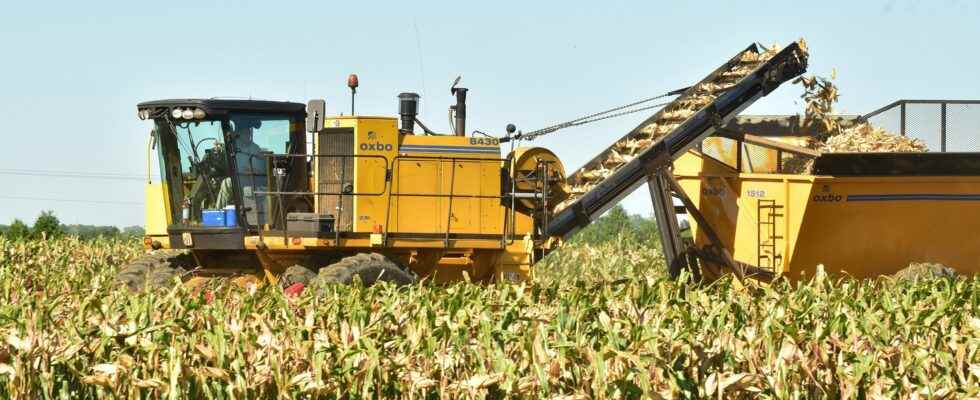There’s an old adage in areas of Southern Ontario where seed corn is grown: yields of the specialty crop are an indicator of what farmers growing field corn can expect.
“They (the yields) are all over the place … there will likely be an increase in crop insurance claims this year,” says Scott McGeachy, chair of the Seed Corn Growers of Ontario (SCGO).
McGeachy linked the variable yields to weather patterns. He’s heard of instances when rain fell at an optimal time for some fields while just a few miles away conditions remained dry.
Despite the challenges this year, the Great Lakes region remains a prime area for seed corn production due to the moderating effect of the lakes along with grower expertise and good soils. A good deal of the production is located in Chatham-Kent and Essex County.
“The area is still seen as a stable place to grow seed,” McGeachy said.
The SCGO deals with five seed companies – Corteva, Pride Seeds, Maizex Seeds, C&L Seed Production and Horizon Seeds. This year about 18,700 acres is being grown, up a bit from the 2021 acreage.
The shape of the seed corn industry has evolved over time.
“It’s no longer a local market. It’s a global market,” said McGeachy. “The challenge this year has been the weather and, to some extent, labour. Finding detasselers is an increasing challenge.”
Seed corn is grown by crossing two inbred lines to produce plants that produced hybrid seed used for commercial production. The tassels from the intended female line need to be removed to provide a consistent cross. While there are mechanical means of detasseling, the manual method using human labor is still widely employed.
McGeachy said high school students have traditionally been the go-to source for labour. However, these days there tends to be a mix of young and older workers.
Seed corn growers can now also access offshore workers, but so far that option is not widely used.
